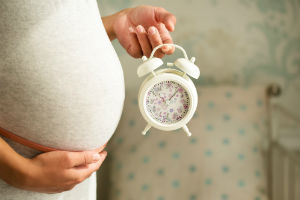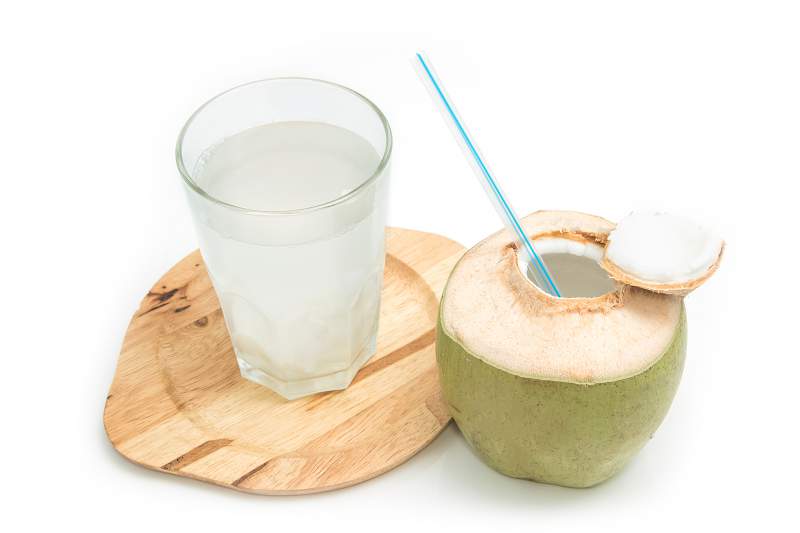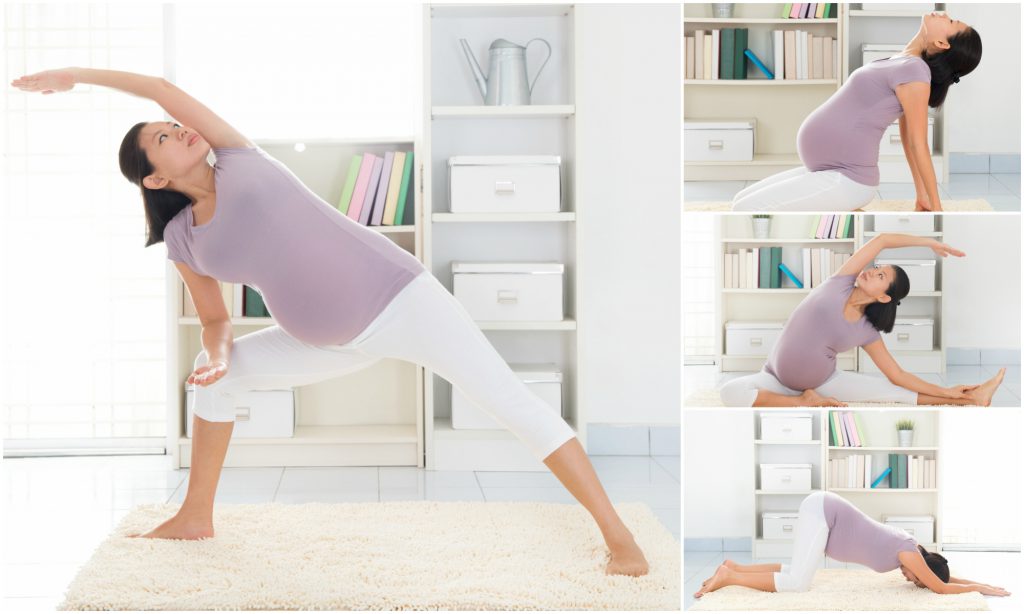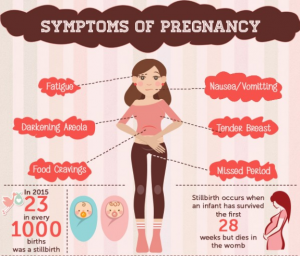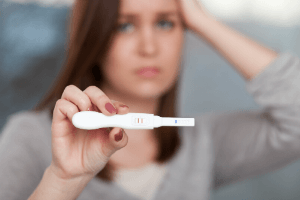What are Braxton Hicks Contractions?

Understanding the various aspects of pregnancy is crucial for expectant mothers, and Braxton-Hicks contractions are a key part of this journey. Often referred to as “false labour,” these contractions are a normal occurrence during pregnancy, typically happening in the second and third trimesters.
Understanding these contractions can help in distinguishing them from real labour signs, ensuring a smoother and less anxious pregnancy experience.
What are Braxton hicks’ contractions?
Braxton hicks contractions are a common experience during pregnancy, often described as the tightening or hardening of the uterus. They were first described in 1872 by the English doctor John Braxton Hicks. Unlike true labour contractions that lead to childbirth, Braxton Hicks are typically irregular and do not signify the onset of labour. They are the body’s way of preparing for labour but are not a sign that it’s beginning.
What causes Braxton hicks’ contractions?
While the exact cause of Braxton Hicks contractions is not definitively known, they can result from the tightening of the muscles in the uterus. As the pregnancy progresses, the uterus grows and stretches, which might trigger these practice contractions.
Factors such as dehydration, physical activity, a full bladder, and even the baby’s movements can sometimes stimulate Braxton Hicks contractions. While they are a normal part of the pregnancy experience, their frequency and intensity can vary from one woman to another.
Braxton hicks vs. true labour contractions
Distinguishing Braxton Hicks from true labour contractions is essential for expectant mothers. Braxton Hicks are often irregular, infrequent, and typically do not increase in intensity or frequency over time. They usually cause discomfort in the front of the abdomen and tend to be less painful.
On the other hand, true labour contractions occur at regular intervals and become progressively more frequent and intense. These contractions usually start at the back and move to the front, and the discomfort is more pronounced.
Additionally, true labour contractions do not ease with changes in activity or position, which is often the case with Braxton Hicks contractions.
What do Braxton-Hicks’ contractions feel like?
Braxton Hicks contractions are often described as a feeling of tightness or hardening in the abdomen. This sensation is the result of the uterine muscles tightening briefly and then relaxing.
Some women report that these contractions feel like a mild menstrual cramp or a light squeezing in the abdomen. The experience of Braxton Hicks contractions can vary widely: some women may feel them frequently, while others may not notice them at all.
What are the symptoms of Braxton-Hicks contractions?
Braxton hicks symptoms can vary among pregnant women but typically include a tightening sensation in the abdomen. This sensation is often described as a hardening of the uterus, which can be felt upon touching the belly.
Unlike true labour contractions, Braxton Hicks are often short-lived, lasting only about 30 seconds to two minutes. The intensity of these contractions usually remains constant and does not increase over time. Additionally, Braxton Hicks contractions often subside with movement or a change in position, such as walking or lying down.
How to manage Braxton-Hicks contractions?
Managing Braxton Hicks contractions primarily involves ensuring comfort and soothing any mild discomfort they may cause. Here are some tips to help manage these contractions:
- Hydration
Dehydration can trigger Braxton Hicks contractions. Pregnant women are advised to drink plenty of water throughout the day to prevent dehydration, which can trigger these contractions.
- Adjusting Positions
If contractions occur while in a certain position, changing posture can be beneficial. Alternating between standing, sitting, or walking can provide relief.
- Relaxation techniques
Practising relaxation methods such as deep breathing, meditation, or gentle yoga can help in relaxing the body and potentially reducing the frequency of contractions.
- Rest
Ensuring sufficient rest is key. Fatigue can increase the occurrence of Braxton Hicks contractions, so adequate sleep and occasional naps are recommended.
- Warmth
A warm bath or applying a warm cloth to the abdomen can alleviate the discomfort associated with these contractions.
- Frequent bathroom visits
A full bladder may sometimes cause contractions, so regular bathroom breaks are encouraged.
- Consultation with healthcare providers
If there is any uncertainty about whether the contractions are Braxton Hicks or true labour, or if any concerning symptoms appear, pregnant women must contact their healthcare provider.
Braxton Hicks contractions are a normal and natural part of pregnancy, often serving as a preparation for the actual labour process. While they can sometimes cause discomfort or concern, especially for first-time mothers, understanding what they are, their typical symptoms, and how they differ from true labour contractions can provide reassurance.
If there are any concerns, it’s best to consult a doctor and book a test with Dr. Lal Path Labs.
FAQs
1. When does Braxton Hicks start?
Braxton Hicks contractions can begin as early as the second trimester of pregnancy, but they are more commonly experienced in the third trimester.
2. Why am I having so many Braxton Hicks contractions?
An increased frequency of Braxton Hicks contractions can be influenced by several factors, including being very active, dehydration, a full bladder, and even the baby’s movements.





